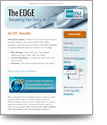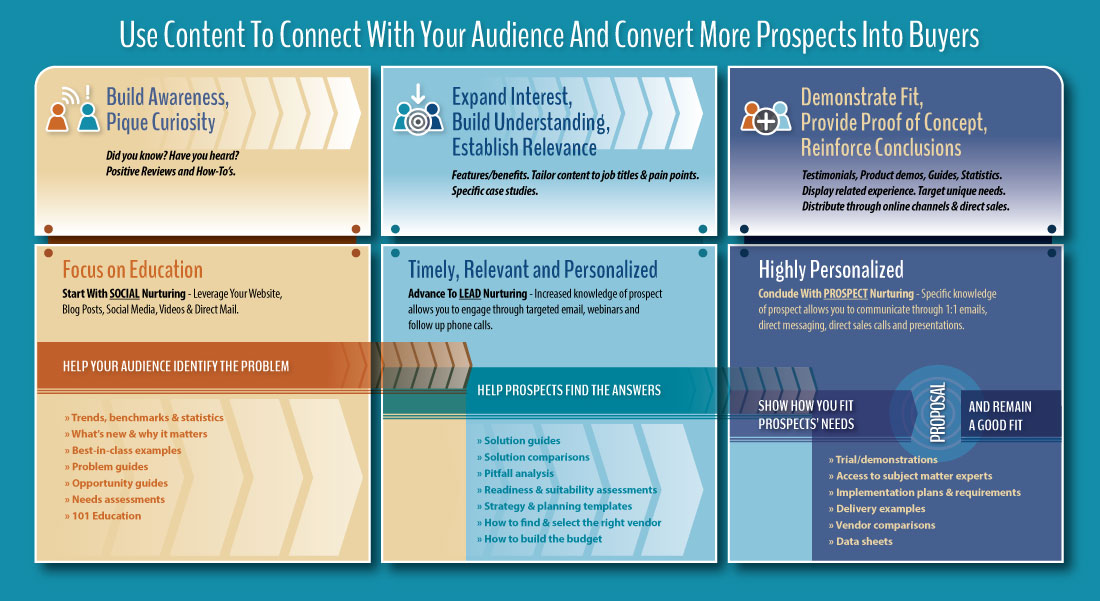Are you undertaking a website redesign or considering a major refresh?
In your zeal to get started, resist the urge to utilize past information before conducting research. Too often companies reverse or skip steps that are crucial to building a site that connects with the target audience. To ensure you hit the bullseye, don’t take these steps before confirming your suspicions.
- Define the navigation
- Develop meta data
- Write or revise copy
- Lock in product names
In a website redesign, your company knowledge often gets in the way of making the best decisions
You know your company better than your audience. A navigation heading or product category might be obvious to you but that same name or phrase may not be obvious to your customer. So in a website redesign, resist the urge to leap forward before arming yourself with customer feedback.
Start your research with Google search operators. Take your keywords, navigation headings and product names, and determine the frequency of use in other sites.
- Allintitle - allows you to determine how many sites use a word or term in their page title. Typing Allintitle:InterEdge Marketing into the search bar will only return results that have InterEdge Marketing in the page title.
- Allinurl - restricts results to those with all of the query words in the url. Allinurl:content marketing will return only sites that have both content and marketing in their url.
- Related - lists sites that are similar to the web page you specify. Make sure there are no spaces between Related: and the page url. This is a useful tool but I’ve found mixed results.
- Info - typing Info: immediately followed by a corresponding web page will show you information about that specific page and allow you to drill down to additional details.
In addition, check your terms using the Google Adwords keyword tools. Plug in your keywords to get an understanding of search volumes. This helps determine how frequently the words and phrases you are considering are queried. It also helps you prioritize the navigation hierarchy. A lesser searched phrase might still make sense to include but as a lower priority.
Once you’ve arrived at your top words, search each one. Determine if companies that sell the same type of products you do, are displayed. If no competitor is in sight, don’t use that word. A large printing company was revamping their site and wanted to use the term Integrated Communications. To their company, it represented the value added services they offered in addition to printing. Even though the volume of searches for that term were significant, only wireless and other telephony companies showed up in search. Clearly, the audience they were trying to attract didn’t use that term for the services the company provided. Smartly, they chose a different term.
Now that you know the best words and phrases move your website redesign to the next step. Develop a draft that includes top, second and third level navigation. If you can, develop site pages that model the navigation and consult your customers to get their feedback. No one wants to take 15 minutes out of their day so offer an incentive if you need to. But this is a crucial part of the process. It will help verify that your navigation makes sense (or doesn’t) and undoubtedly uncover information you haven’t considered. Develop your list of questions and start with phone interviews. After a few interviews, fine tune your survey and get it out to a larger group of customers. Make sure you also ask if they are interested in participating in a more in-depth discussion at a future date. Having a captive audience to provide valuable feedback is a great asset. Once you are at the final draft phase, re-engage this group and verify your assumptions.
Armed with this information you can now effectively formulate navigation, develop meta data and write copy. Most importantly, it will ensure that you speak in your customer’s vernacular, attract more targeted traffic to your site, increase conversions and drive revenue.






 Insight Delivered Directly to You Interesting topics, great offers and free marketing tools.
Insight Delivered Directly to You Interesting topics, great offers and free marketing tools.

